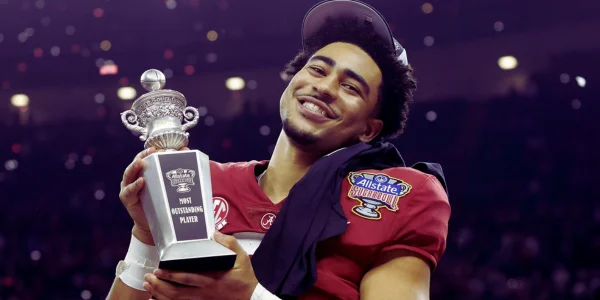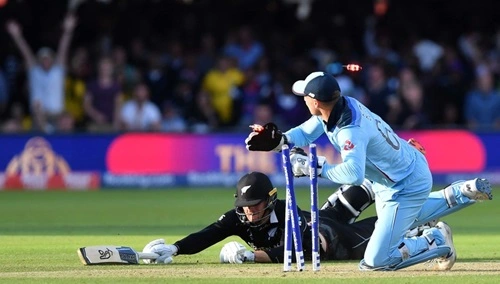Bryce Young, the talented quarterback for the Carolina Panthers and former Alabama Crimson Tide standout, has often been the subject of discussions about his height. Standing at 5 feet 10 inches (1.78 meters), Young is considered short for an NFL quarterback, where most successful players at his position are 6 feet 2 inches or taller. This has led to curiosity and speculation about why Bryce Young is shorter than many of his peers.
However, the reality is that Bryce Young’s height is simply a result of genetics and not a case of “getting shorter” over time. Let’s break down the facts behind his height, why it matters in the NFL, and how he has managed to overcome this perceived disadvantage.
1. Bryce Young’s Height: A Matter of Genetics

Bryce Young was not significantly taller in high school or college, so the idea that he “got short” is a misunderstanding. His height is primarily determined by genetics, which is the case for all individuals.
- The average NFL quarterback is around 6’3″ (1.91 meters), which is much taller than Young.
- Genetics play a crucial role in determining height, with parental height and family history being the biggest factors.
- Unlike weight or muscle mass, height cannot be changed significantly through training, diet, or other external factors.
In Young’s case, his height was already set by the time he was a teenager, and there was no medical reason for him to “shrink” or lose height.
2. The NFL’s Obsession with Height
The reason Bryce Young’s height gets so much attention is that height has traditionally been viewed as a key asset for quarterbacks. Tall quarterbacks are believed to have:
- A better view of the field over offensive and defensive linemen.
- The ability to throw over defenders more easily.
- A stronger build, which can help absorb hits and avoid injuries.
Historically, most of the greatest quarterbacks in NFL history—like Tom Brady (6’4”), Peyton Manning (6’5”), and Patrick Mahomes (6’2”)—have been taller than Young.
3. How Bryce Young Compensates for His Height
Despite being undersized for an NFL quarterback, Bryce Young has proven doubters wrong at every level of the game. He won the Heisman Trophy in 2021 while playing for Alabama, showing that height alone does not determine a quarterback’s success.
Here’s how Young compensates for his shorter stature:
- Elite Football IQ – He has great vision, decision-making, and anticipation, which helps him read defenses quickly.
- Quick Release – His fast throwing motion minimizes the impact of taller defenders blocking his passes.
- Mobility & Pocket Awareness – He is agile and elusive, allowing him to avoid pass rushers and find open throwing lanes.
- Arm Talent – Despite his height, he has a strong and accurate arm, capable of making all types of NFL throws.
Players like Drew Brees (6’0”) and Russell Wilson (5’11”) have shown that shorter quarterbacks can thrive in the NFL if they have the right skills.
4. Will Bryce Young’s Height Be a Problem in the NFL?
There is ongoing debate about whether Young’s height will affect his long-term success in the league. Some analysts believe he could struggle against taller, faster defensive linemen who might disrupt his vision and passing lanes. Others argue that his talent and adaptability will allow him to overcome any height disadvantage.
Shorter quarterbacks like Kyler Murray (5’10”) and Russell Wilson have had successful NFL careers, proving that height is not the only factor that determines a quarterback’s effectiveness.
Conclusion
Bryce Young did not “get shorter”—he has always been on the shorter side for an NFL quarterback due to genetics. While height is often seen as an advantage in football, Young has shown that skill, intelligence, and adaptability matter more. As he continues his NFL career, he will aim to prove that size does not define greatness—only performance on the field does.

